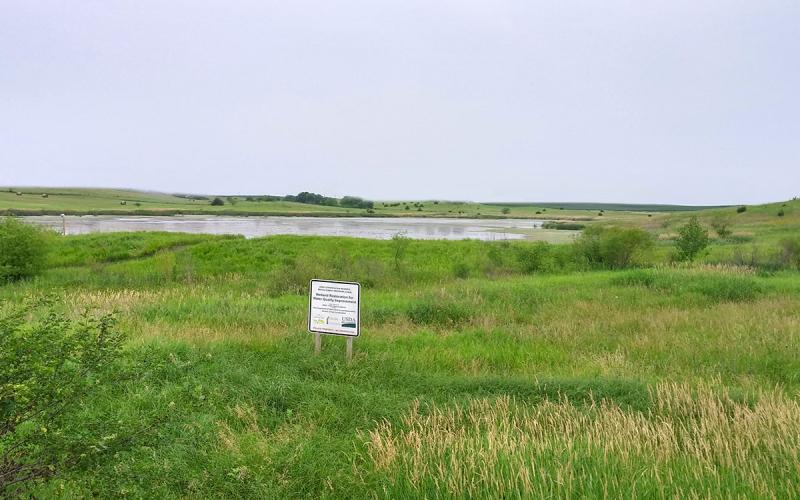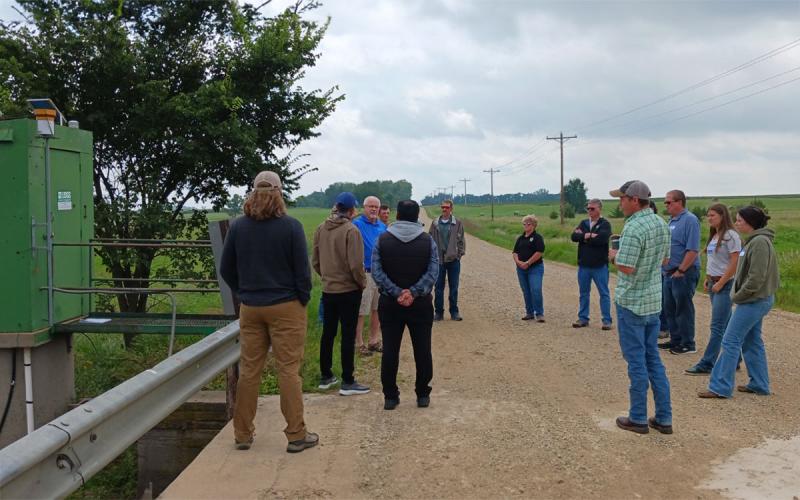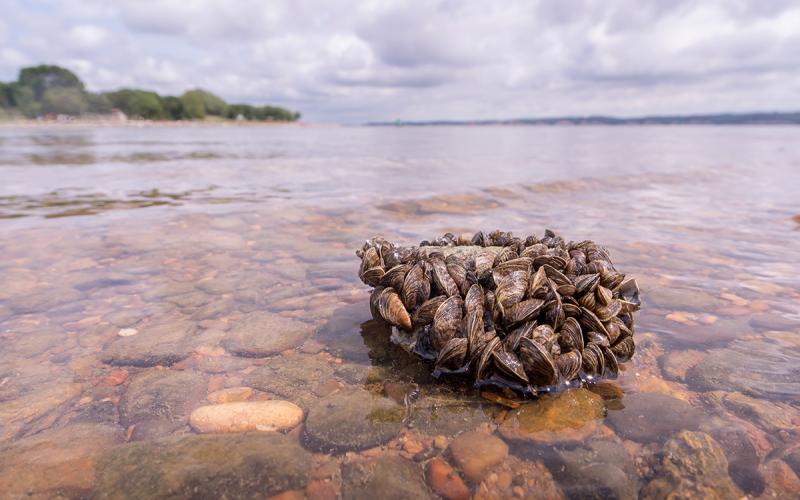What Are Riparian Areas?

Riparian areas are best described as the transitional zone between terrestrial and aquatic ecosystems. They are areas where surface and subsurface hydrology connect waterbodies with uplands. Riparian areas occur along streams, rivers, wetlands, lakes, and estuary/marine shorelines and can be considered the last line of defense before pollutants enter a body of water.
Examples of functions that riparian areas perform may include groundwater recharge, flood energy dissipation, stream shade, bank stabilization by deep-rooted native vegetation, filtration of upland sediments and pollutants, nutrient retention and cycling, wildlife habitat, and food-web support.
While they typically comprise of just a fraction of the total land base in a watershed, riparian areas can be considered the most important, as they support a greater variety of plant and wildlife species than any other habitat type. Riparian areas are ecologically complex, unique habitats; but they are also some of the most over-used and degraded biotas in the northern Great Plains.
Programs Supporting Riparian Areas

During the 2024 Watershed Academy held in mid-August in Brookings, early-career NRCS employees and other attendees learned about different conservation programs used by landowners who have floodplain acres along the Big Sioux River. There are numerous riparian area programs offered by state, federal, and other agencies and organizations; and, admittedly, it can lead to some confusion trying to sort through them all. But sitting down with a conservation professional to discuss your objectives and goals should clear up any confusion. There are even opportunities to stack different programs on top of each other, making enrollment financially attractive.
Programs discussed during the Watershed Academy floodplain tour included:
- USDA NRCS Agricultural Conservation Easement Program
- U.S. Fish and Wildlife Service:
- SD Department of Agriculture & Natural Resources Riparian Buffer Initiative
- Big Sioux River Project Seasonal Riparian Area Management Program
- SD Game, Fish & Parks Walk-in Area Program and Conservation Reserve Enhancement Program
Conservation Benefits
Even if not enrolled into a conservation program, a riparian area can offer many of the benefits listed above if managed properly. Unrestricted access by livestock, the conversion of pasture and grassland to cropland, and urbanization have all negatively impacted our riparian resources. Protection of intact riparian areas is not only important for water quality and wildlife habitat, but it can be vital, as these areas represent valuable reference sites for any restoration efforts in the future.
Additional Resources
- Video: Our Amazing Grasslands - Water Management, USDA NRCS South Dakota.
- Understanding Western South Dakota Prairie Streams, SDSU Extension.
- Riparian Area Management, South Dakota Department of Agriculture and Natural Resources.


